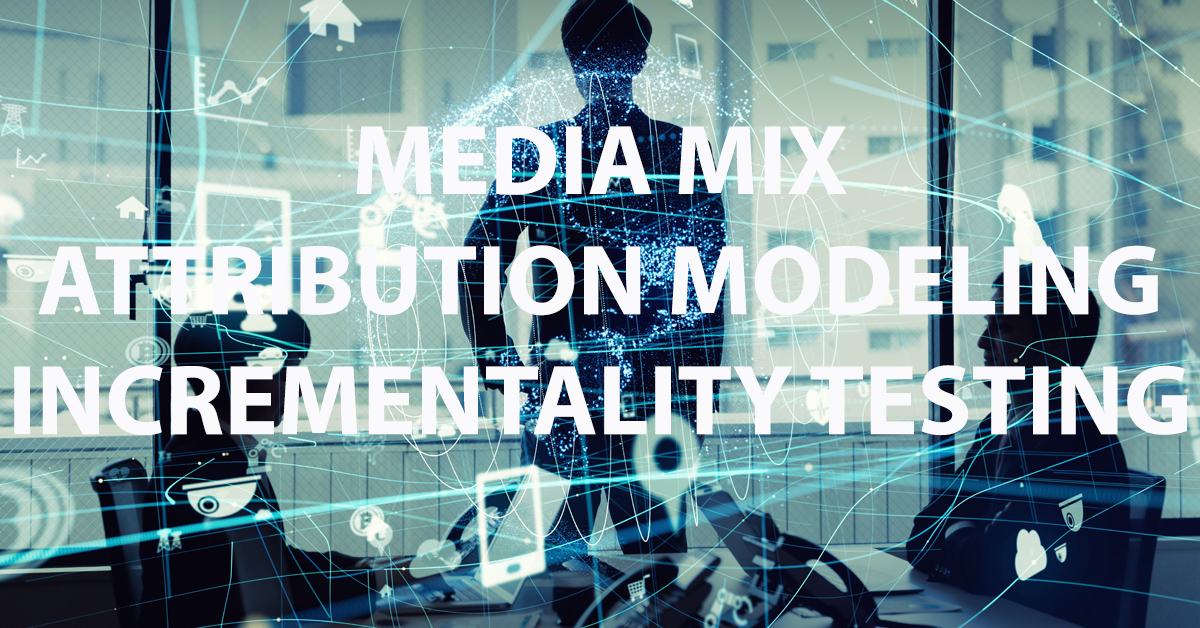
Published in:
Performance Marketing
Unlocking Marketing Success: The Power of Media Mix, Attribution Modeling, and Incrementality Testing
In the fast-paced world of marketing, staying ahead requires a strategic approach that leverages data and insights to drive results. Here’s why integrating a robust Marketing Media Mix, Attribution Modeling, and Incrementality Testing into your strategy is crucial:
- Marketing Media Mix
- Definition: The marketing media mix refers to the combination of various advertising channels and tools that a company uses to reach its target audience. This includes traditional media (TV, radio, print) and digital media (social media, search engines, email, display ads).
- Components:
- Traditional Media: TV, radio, print, outdoor advertising
- Digital Media: Social media, search engine marketing (SEM), email marketing, display advertising, content marketing
- Emerging Media: Influencer marketing, podcasts, streaming platforms
- Goal: To maximize the reach and impact of marketing campaigns by strategically allocating resources across different media channels.
- Attribution Modeling
- Definition: Attribution modeling is the process of determining which marketing touchpoints contribute to conversions and sales. It helps in understanding the customer journey and the effectiveness of different marketing channels.
- Types of Models:
- Single-Touch Attribution: First-touch, last-touch
- Multi-Touch Attribution: Linear, time decay, position-based, data-driven
- Purpose: To identify the channels and touchpoints that have the most significant impact on conversions, allowing for more informed budgeting and strategy decisions.
- Incrementality Testing
- Definition: Incrementality testing measures the true impact of a marketing campaign by comparing the performance of a test group (exposed to the campaign) to a control group (not exposed).
- Methods:
- A/B Testing: Randomly splitting the audience into test and control groups
- Geo Testing: Comparing regions where the campaign is active to regions where it is not
- Holdout Testing: Holding back a portion of the audience from the campaign
- Objective: To determine the additional value generated by a marketing campaign, isolating the effects of marketing activities from other external factors.
Summary of Importance
- Holistic View of Marketing Efforts: A well-planned marketing media mix ensures that a company leverages a variety of channels to reach a broader audience, enhancing brand visibility and engagement.
- Informed Decision-Making: Attribution modeling provides insights into which channels and touchpoints are driving conversions, enabling marketers to allocate budgets more effectively and optimize marketing strategies based on performance data.
- Measuring True Impact: Incrementality testing helps marketers understand the real effectiveness of their campaigns by isolating their impact from other factors. This ensures that marketing investments are generating actual incremental value.
- Resource Optimization: Combining these three approaches allows for more efficient use of marketing resources, reducing waste and increasing return on investment (ROI).
- Continuous Improvement: By continuously analyzing the media mix, attribution data, and incrementality results, marketers can refine their strategies, adapt to changing market conditions, and stay ahead of competitors







